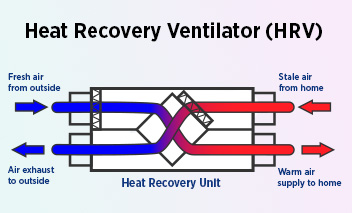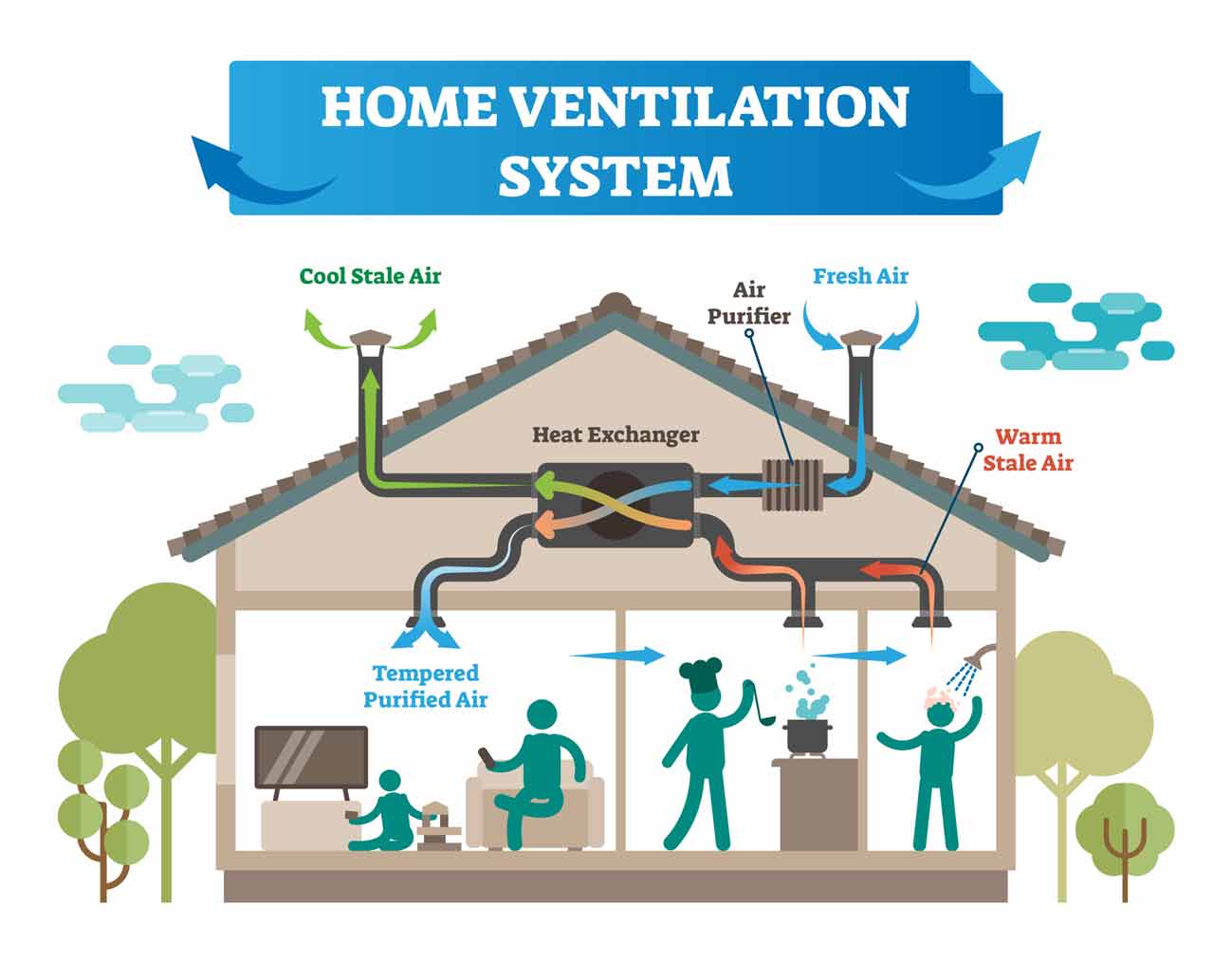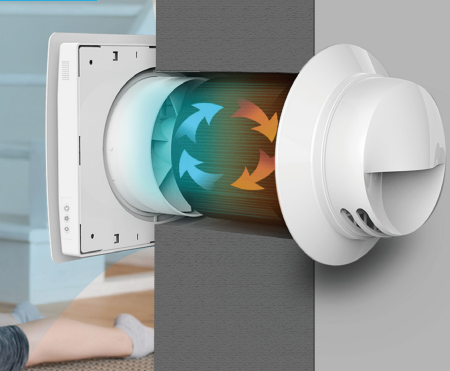Discovering the Benefits of Heat Recovery Ventilation for Energy Performance in Residences
Heat Recovery Ventilation (HRV) systems use house owners a practical method to improving energy efficiency. By recovering warm from outgoing air, these systems can significantly decrease heating and cooling expenses. Additionally, they offer a steady supply of fresh air, boosting interior air quality and convenience levels. As homeowners take into consideration lasting options, recognizing the subtleties of HRV systems comes to be significantly vital. What elements should one review before making such a financial investment?
Recognizing Heat Recovery Ventilation Solutions

Exactly How HRV Improves Indoor Air Quality

Energy Financial Savings: The Monetary Advantages of HRV
Taking full advantage of power performance, heat recovery ventilation (HRV) systems provide substantial economic advantages for property owners. By recovering and recycling heat from exhaust air, HRVs considerably reduce heating & cooling prices. This modern technology can lead to energy savings of as much as 30%, relying on climate and usage patterns. Property owners commonly see reduced energy expenses soon after my link setup, making HRVs an economically smart investment in time. Additionally, numerous areas give incentives or refunds for energy-efficient upgrades, additionally boosting the financial appeal. As power costs continue to increase, the cost-effectiveness of HRVs comes to be significantly clear. In general, the consolidation of HRV systems not only advertises energy performance but also adds to lasting financial savings for households.
The Ecological Effect of Heat Recovery Ventilation
A considerable environmental benefit of heat recovery ventilation (HRV) systems depends on their capacity to minimize overall energy intake. By reclaiming heat from exhaust air and transferring it to incoming fresh air, HRV systems decrease the requirement for energy-intensive heating and cooling methods. This decrease in power need adds to decrease greenhouse gas discharges, as much less fossil gas is required to keep comfy indoor temperature levels. Additionally, HRV systems boost indoor air high quality by effectively exchanging stagnant air with fresh outdoor air, reducing reliance on mechanical cooling systems that can damage the setting. In general, the execution of HRV systems sustains sustainable living practices and aligns with international initiatives to combat climate adjustment by advertising energy effectiveness in domestic settings.
Choosing the Right HRV System for Your Home
Just how can house owners ensure they pick the ideal heat recovery ventilation (HRV) system for their needs? They should assess their home's dimension and layout, as these variables influence air movement requirements. Next off, assessing the system's effectiveness rankings is vital, as greater ratings suggest much better performance and power cost savings. Homeowners ought to additionally take into consideration setup and maintenance costs, comparing various brands and models for value. Additionally, it is very important to assess noise degrees, as some systems run even more silently than others. Consulting with HVAC professionals can provide tailored referrals based on specific home conditions. Taking a look at user reviews and service warranties can assist in making a notified choice, ensuring that the selected HRV system effectively improves indoor air top quality and energy performance.
Frequently Asked Questions

Just how Commonly Should I Clean or Keep My HRV System?
The regularity of cleaning or maintaining a heat healing ventilation (HRV) system commonly depends on usage and environmental elements. Typically, it is advisable review to execute maintenance every six months to ensure peak efficiency and air quality.

Can HRV Systems Help In Reducing Moisture Levels Indoors?
HRV systems can properly minimize indoor moisture degrees by trading stagnant, moist air with fresh, drier air from outside. HRV Heat Recovery Ventilation. This procedure assists maintain a well balanced interior atmosphere, enhancing convenience and preventing moisture-related problems
What Is the Life expectancy of a Regular HRV System?
The lifespan of a common heat recovery ventilation (HRV) system differs, typically lasting between 10 to 15 years. Routine upkeep can expand its efficiency and functional life, making Get More Info sure peak efficiency throughout its use duration.
Are There Any Kind Of Noise Worry About HRV Solutions?
Sound problems with HRV systems can occur, particularly from follower procedure. Numerous contemporary units are made to minimize audio levels, guaranteeing they run silently while keeping effectiveness, which addresses possible disturbances in living atmospheres.
Can I Install an HRV System Myself, or Do I Required a Professional?
The private contemplated whether to install the heat recovery ventilation (HRV) system personally or work with a specialist. Usually, while do it yourself setup is possible, knowledge warranties proper functionality and conformity with regional building regulations, boosting system effectiveness.